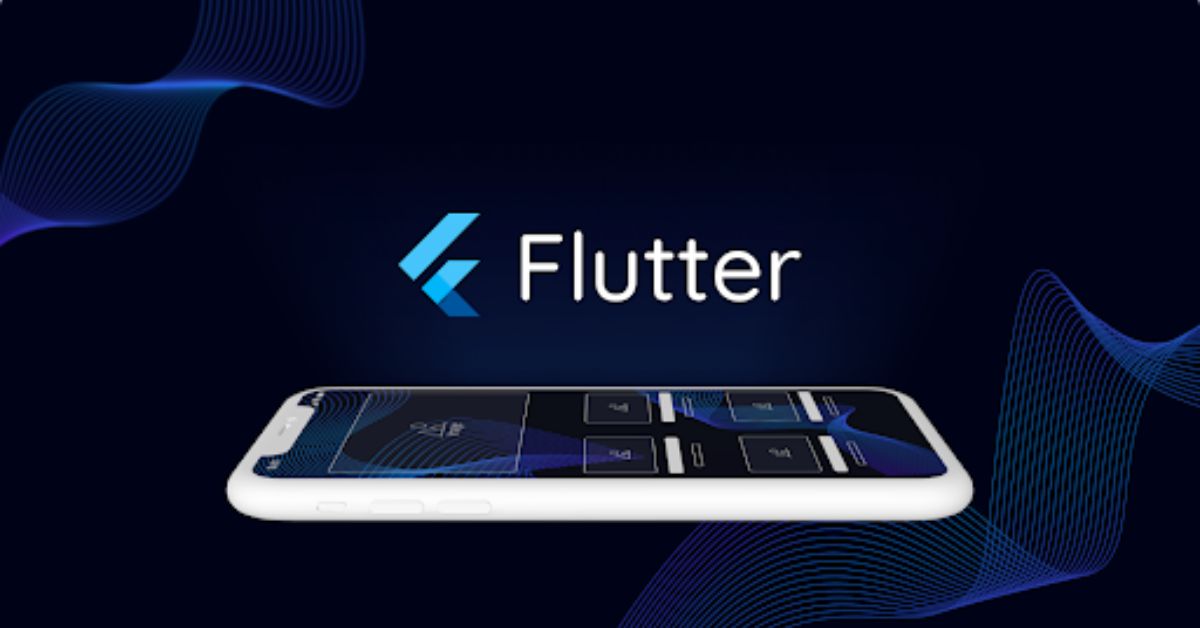Fiber laser marking systems are a popular choice among CPG manufacturers for printing codes and other information onto products and packaging. They offer several benefits, including high efficiency, easy integration and low maintenance costs.
Aluminum marks well with this method, and doesn’t blacken like steel. It also doesn’t require bagging or removing the marking head during washdowns, which can save manufacturers time and money.
High-Quality Prints
Fiber Laser Printers produce high-quality prints and are more accurate than CO2 lasers. However, their more complex operation requires a learning curve that is a bit steeper. This is because they have a variety of settings, including power, speed and resolution.
You can use a fiber laser to mark different types of materials. One example is the marking of automotive parts such as engine blocks and sensor units. You can also mark metals such as steel and aluminum. The marks produced by the laser are highly contrasted and easily readable. They are also resistant to acid, corrosion and sterilization.
FMCG packaging is another industry where laser marking technology has recently gained traction. Linx SmartLase F250 is ideal for this type of production because it offers a chemical-free alternative to traditional printing methods like ink. It can also handle difficult coding areas and harsh environments with ease. It uses a multi-head scribe system to deliver superior code quality and is able to mark on a wide variety of materials.
Versatility
Laser marking is a versatile method for product coding and labeling. You can mark many different types of materials, including paper, glass, plastic and metals, using laser technology. With the right coding equipment, you can produce a high-quality code that is durable and visible. Laser technology works well for a wide range of applications, and is more environmentally friendly than other coding methods like ink jet or thermal transfer printing.
Fiber lasers are particularly useful for marking on specialty materials such as metals and other industrial products. They provide a high-quality mark on these tough products that can help reduce production time. You can also use a fiber laser to mark complex patterns on hard plastics. With a variety of features, you can choose the best fiber laser for your needs. For example, the F230i EP model from Domino comes with Pulse Selector, allowing you to optimize the laser for your application. This makes it easy to cut your total cost of ownership and still achieve top code quality.
Low Maintenance
Fiber Laser Printers offer a very low maintenance requirement. They can operate 365 days a year and require no consumables like inkjet printers. They are also easy to integrate in production lines and robotic cells.
These industrial markers can mark virtually any text, numbers, codes and graphics on a wide variety of product materials including metals and plastics. They can even mark on curved surfaces such as tubes and hoses.
They use a process called Q-switching to produce short pulses of high peak power from a relatively low-power Fiber laser. This mechanism is very well suited to marking metals such as copper which can be difficult to mark using other methods.
One thing to keep in mind when maintaining laser systems is to be very careful not to mishandle the components or drop them as they contain finely tuned and aligned optics that can easily break if they are dropped. Similarly, make sure that you wear Class-1 laser light approved safety glasses when performing any work on the machine.
Cost-Effective
Fiber Laser Printers are a cost-effective way to print on specialty materials. While they are more expensive to purchase upfront, their cartridges last longer than inkjet printers and require replacement less often. This makes them a good choice for businesses with high printing volumes.
Fiber laser marking machines are used for marking on a variety of products in industries such as automotive, food and beverage, consumer packaged goods and pharmaceuticals. The system uses a powerful fiber laser to locally irradiate the product surface, exciting atoms and causing a chemical reaction that creates high-contrast legible marking.
When comparing different laser marker systems, it is important to look at their expected print speed as well as the monthly volume that will be handled by the device. Understanding this can help to prevent logjams in your office and prevent costly downtime due to technical problems. Additionally, it is helpful to understand the safety requirements of each device. This can help prevent any accidents caused by improper use of the machine.




